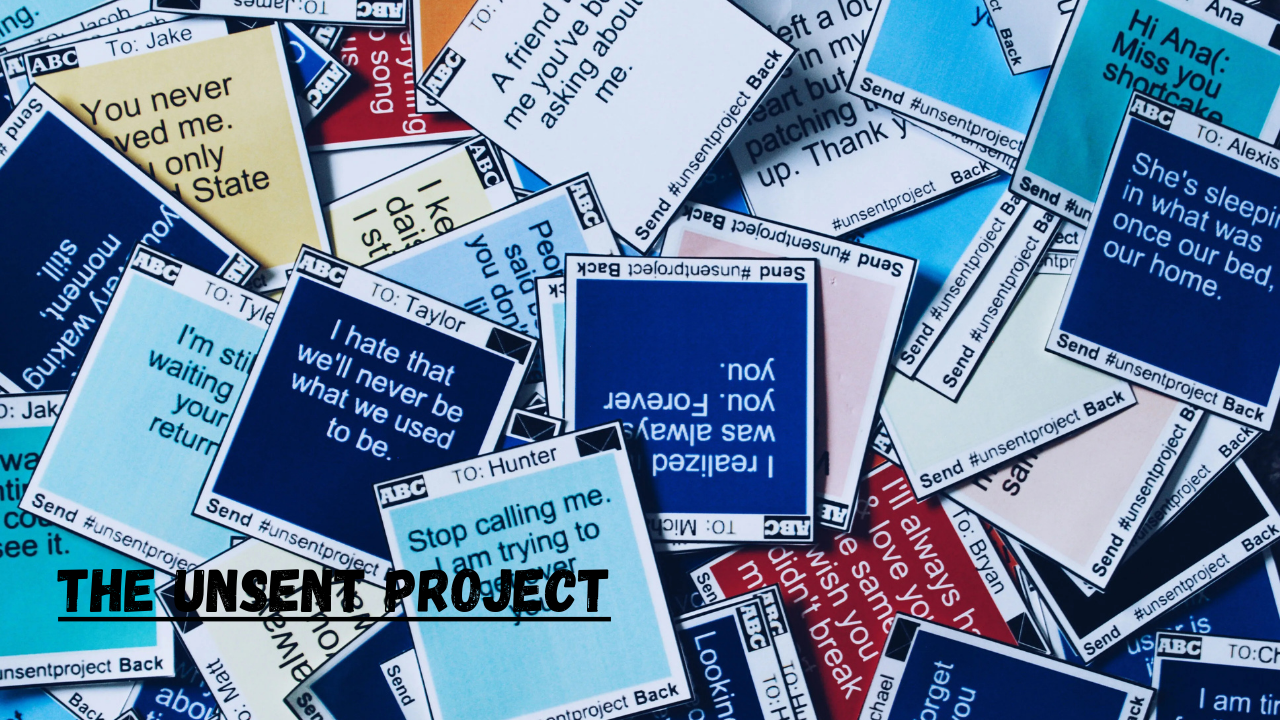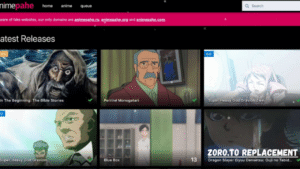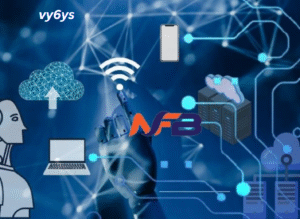Unspoken Words: Exploring the Depths of The Unsent Project
In an age where digital communication dominates our relationships, The Unsent Project stands out as a profoundly emotional and cathartic platform. Created by artist Rora Blue in 2015, this growing collection of anonymous, unsent text messages is a poignant testament to the words we often leave unspoken. It offers a space where people can express raw, heartfelt feelings meant for those who may never hear them—ex-lovers, estranged friends, family members, or even versions of themselves.
At its core, The Unsent Project is more than an art installation; it’s a collective emotional diary for the digital generation. Each submission is paired with a chosen color, symbolizing the emotion tied to that message. With hundreds of thousands of entries to date, the project continues to evolve, revealing not just personal pain and healing but also broader societal themes around love, loss, and identity.
This article dives deep into the origins, workings, impact, and cultural relevance of The Unsent Project. Whether you’re discovering it for the first time or are a longtime follower, this comprehensive look will help you understand why this project resonates so powerfully with people worldwide.
Origins and Purpose of The Unsent Project
The Unsent Project began as a simple question posed by its creator, Rora Blue: “What would you say to your first love if you could send them a text message?” What followed was a tidal wave of emotional vulnerability. Rora, a multidisciplinary artist exploring themes of disability, gender, and identity, found that people yearned for a space to voice their unsaid truths. This desire to be heard—without consequence or judgment—formed the cornerstone of the project.
Initially conceived as a digital archive, The Unsent Project quickly grew into a global phenomenon. Rora’s goal was to analyze how people of different backgrounds and emotions express love, heartbreak, and everything in between. By allowing users to choose a color that best represents their feelings, the project tapped into the powerful intersection of emotion and visual art. This fusion allowed each message to become not just a piece of writing but an artwork of personal significance.
Beyond emotional expression, the project’s purpose expanded into a kind of therapeutic tool. For many, submitting a message was a form of closure—a release of unspoken sentiments that had haunted them. It provided anonymity, safety, and validation, creating an outlet that traditional social media platforms lacked. As a result, The Unsent Project became a sanctuary for emotional honesty in an increasingly curated digital world.
How The Unsent Project Works

The process behind The Unsent Project is deceptively simple, yet it is precisely this simplicity that empowers its emotional depth. Visitors to the official website are invited to anonymously submit a text message they’ve never sent. This message is usually directed toward a significant figure in their life, most commonly a first love, though many users extend this to other loved ones or personal experiences. Once written, users select a color that represents the emotion behind the message—be it red for passion, blue for sadness, or yellow for hope.
This color selection process is not arbitrary; it adds a visual language to the emotional context of the message. The color becomes a lens through which the reader interprets the sentiment, giving additional layers to what might otherwise be a brief or cryptic line. For instance, a simple message like “I still miss you” feels vastly different in dark blue than in bright orange.
Once submitted, messages are displayed publicly on the website and social media platforms like Instagram and TikTok, without any personal identifiers. The anonymity not only protects the sender but also allows readers to relate without preconceived bias. Thousands scroll through these messages daily, often finding their own feelings mirrored in someone else’s unsent text. This shared sense of humanity—of collective longing, heartbreak, and healing—is what makes The Unsent Project profoundly moving and universally relatable.
Emotional and Social Impact
The Unsent Project is more than an art exhibit—it’s an emotional movement. For many contributors, submitting a message is a deeply therapeutic act. The emotional catharsis it provides is rooted in the safety of anonymity and the freedom to express what might otherwise remain buried. Mental health experts have often noted the psychological benefits of journaling and expressive writing, and The Unsent Project functions similarly. It encourages emotional release, self-reflection, and even closure.
Beyond individual healing, the project has taken on a collective significance. The messages often touch on shared human experiences—unrequited love, abuse, grief, nostalgia, regret, and growth. Because of this, many users feel seen and validated, knowing they are not alone in their emotions. The project’s viral growth on platforms like TikTok has brought this emotional resonance to millions, sparking conversations around mental health, relationships, and emotional vulnerability.
Educators and therapists have even cited the project in academic discussions about digital expression and emotional intelligence. It’s become a resource in understanding generational attitudes toward love and identity. Furthermore, because many messages are posted by young people, it serves as a poignant snapshot of Gen Z’s emotional world—raw, vulnerable, and hyper-aware of both connection and isolation in the digital age.
The Artistic Side of The Unsent Project
Art has always been a vehicle for emotional expression, and Rora Blue’s work bridges the gap between visual aesthetics and personal storytelling. Each message in The Unsent Project is treated not just as text but as part of a living, breathing artwork. The deliberate choice of color, font, and layout gives each post a mood and tone that transcends words.
Color theory plays a central role in this artistic vision. Rora Blue’s background in visual arts is evident in how each shade reflects a spectrum of emotion. Red may evoke love or rage, blue may convey sorrow or calm, while pink might represent vulnerability or affection. These choices add a powerful, nonverbal layer to the viewer’s experience, helping them intuitively connect with the message before even reading it.
In addition to the digital project, The Unsent Project has been featured in physical gallery installations and pop-up exhibits. These settings allow visitors to walk through the emotional landscape of anonymous souls, often leaving them moved, inspired, or even in tears. These curated exhibits include message walls, projection art, and interactive displays that bring the digital experience to life. In this sense, The Unsent Project functions both as a social experiment and as a work of contemporary art, capturing the emotional pulse of an entire generation.
Conclusion
The Unsent Project is a compelling blend of art, emotion, and digital storytelling that taps into something deeply human—the need to be heard, even if the words are never received. It offers a safe haven for emotional honesty in a world where vulnerability is often hidden behind filters and social media facades. By transforming unsent messages into anonymous art, Rora Blue has given voice to millions and created a global archive of love, loss, and longing.
What began as a simple prompt has grown into a collective reflection of the human experience. It allows us to witness our shared sorrows and joys, reminding us that we’re never truly alone in how we feel. As the project continues to grow and evolve, so does its impact—helping people find closure, connection, and creative expression in the words they never dared to send.
FAQs
Who is the creator of The Unsent Project?
Rora Blue, a multidisciplinary artist known for exploring emotional and identity-based themes, created the project in 2015.
How can I submit my own message to The Unsent Project?
You can submit anonymously through the official website at theunsentproject.com, where you’ll be asked to write your message and select an emotion-related color.
Is my submission truly anonymous?
Yes. No identifying information is required or displayed with your message.
Can I search for messages by keyword or name?
Yes, the website allows you to search messages by name, color, or specific words.
What does the color I choose mean in my message?
Colors are symbolic and meant to reflect the emotion behind your message. You choose the color that best fits how you feel.
You May Also Read:https://otswroldtime.com/josh-brener-movies-and-tv-shows-a-complete-guide-to-his-best-roles/














Post Comment